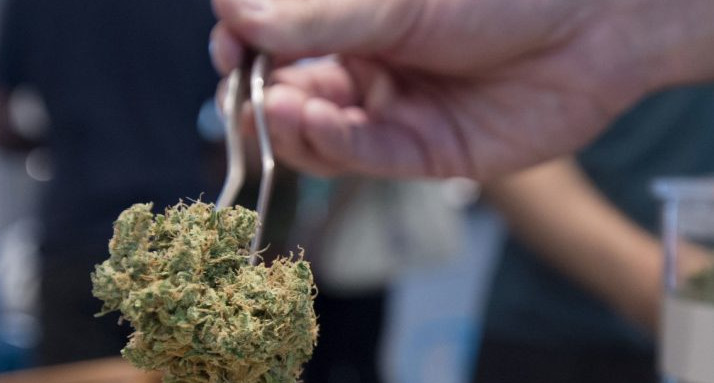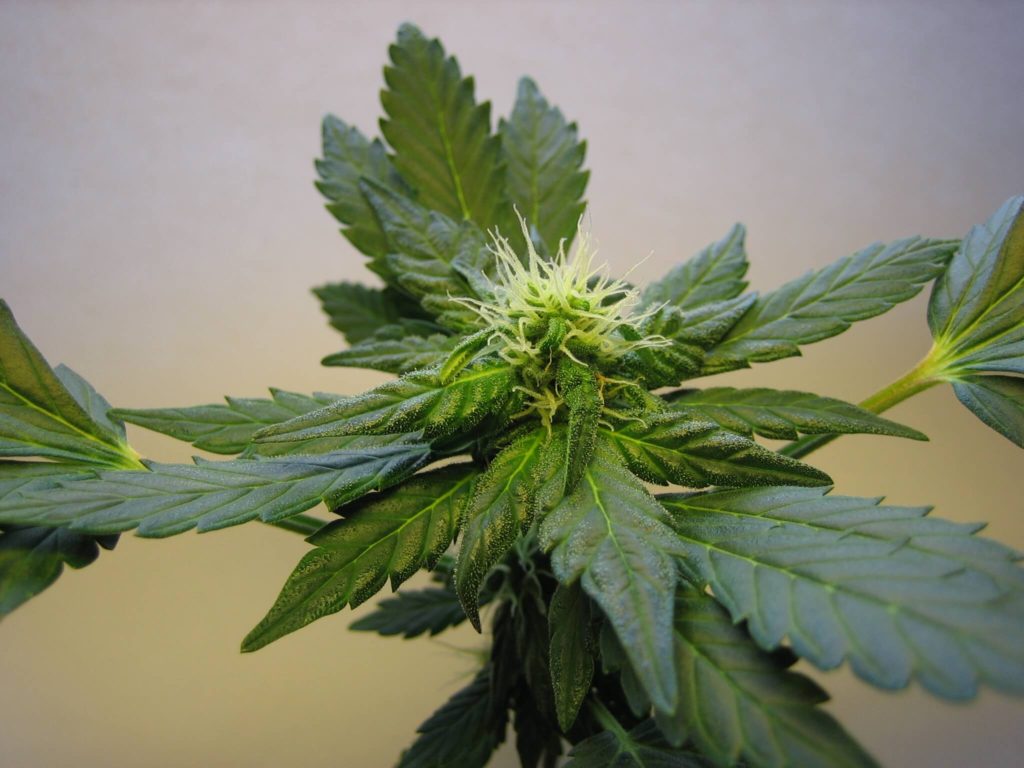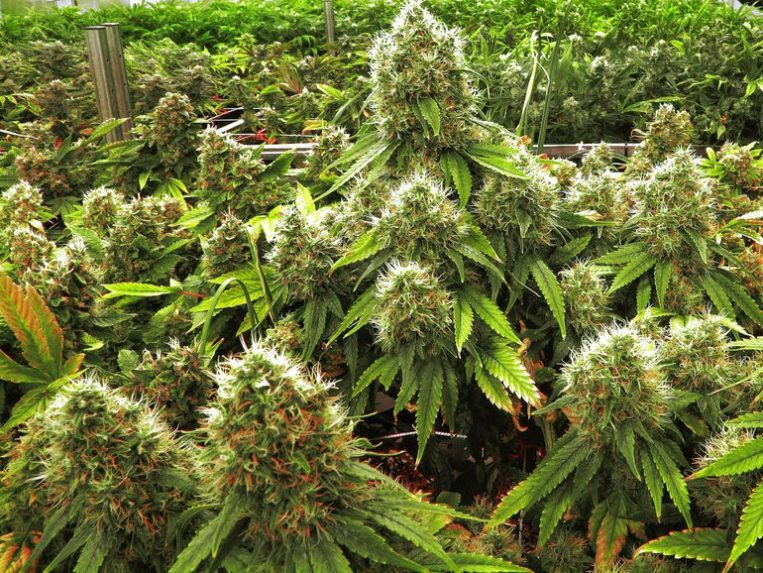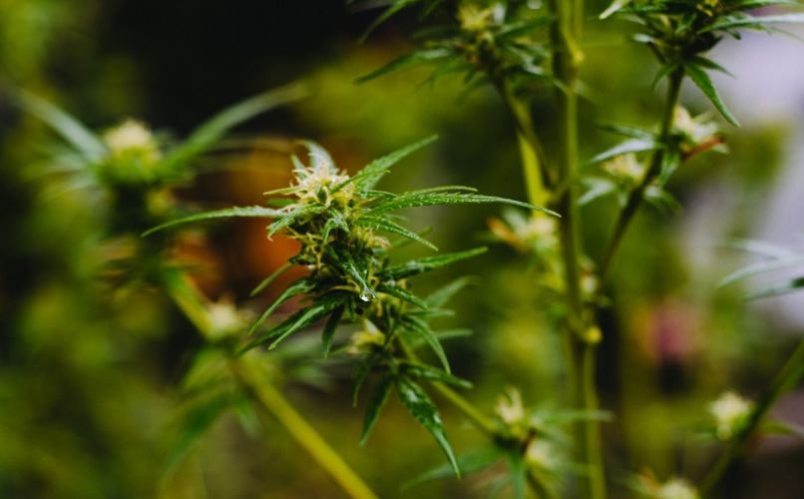Cannabis sativa is listed as a Schedule I substance by the United States Drug Enforcement Agency and has been federally illegal in the United States since 1937. However, the majority of states in the United States, as well as several countries, now have various levels of legal Cannabis. Products are labeled with identifying strain names but there is no official mechanism to register Cannabis strains, therefore the potential exists for incorrect identification or labeling. This study uses genetic analyses to investigate strain reliability from the consumer point of view. Ten microsatellite regions were used to examine samples from strains obtained from dispensaries in three states. Samples were examined for genetic similarity within strains, and also a possible genetic distinction between Sativa, Indica, or Hybrid types. The analyses revealed genetic inconsistencies within strains. Additionally, although there was strong statistical support dividing the samples into two genetic groups, the groups did not correspond to commonly reported Sativa/Hybrid/Indica types. Genetic differences have the potential to lead to phenotypic differences and unexpected effects, which could be surprising for the recreational user, but have more serious implications for patients relying on strains that alleviate specific medical symptoms.
Credit: www.biorxiv.org












